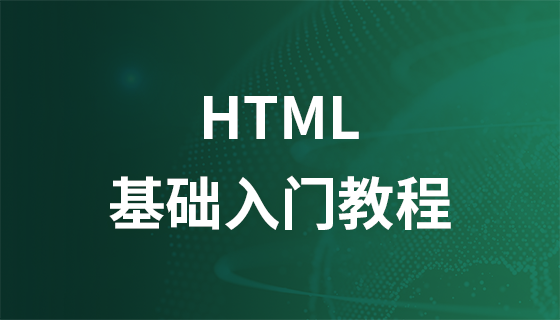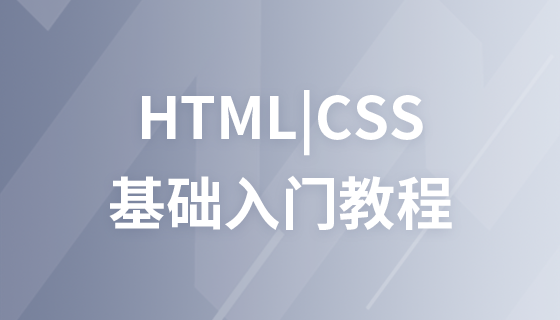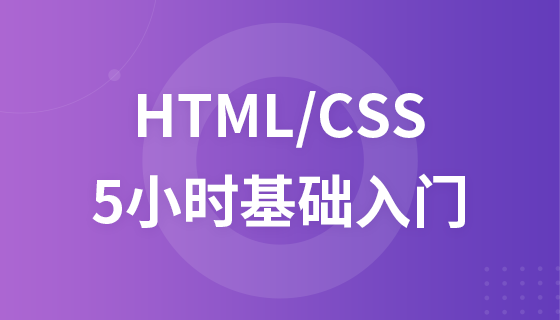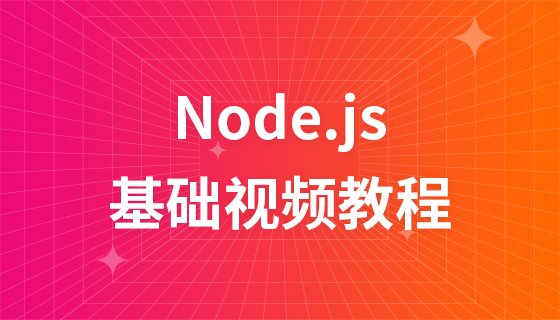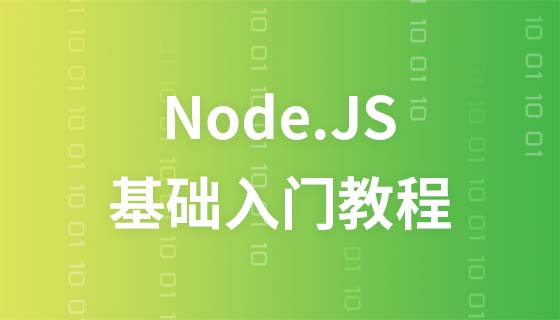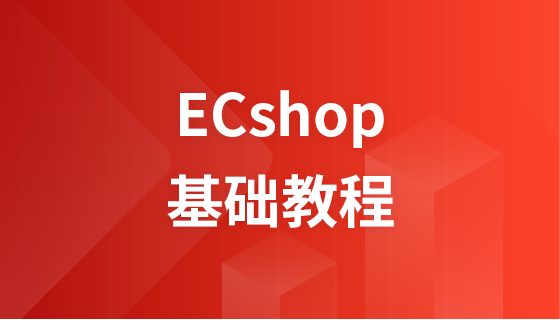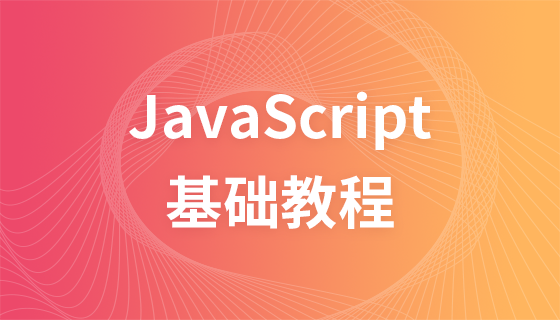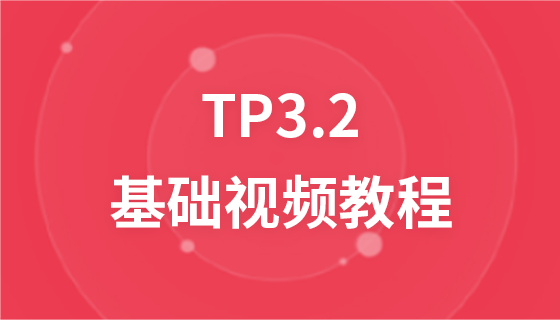Tableau HTML
Les tableaux sont très courants dans notre vie quotidienne, mais comment afficher des tableaux dans nos pages Web?? La balise
<table>
Un tableau HTML simple se compose de l'élément table et d'un ou plusieurs éléments tr, th ou td.
tr élément définit la ligne du tableau, ème < L'élément ??> définit l'en-tête du tableau et l'élément td définit la cellule du tableau.
Faisons la forme la plus simple
<!DOCTYPE html> <html lang="en"> <head> <meta charset="UTF-8"> <title>php.cn</title> </head> <body> <table border="1" cellspacing="0" cellpadding="10"> <tr> <td>1月份</td> <td>¥100</td> </tr> <tr> <td>二月份</td> <td>¥200</td> </tr> </table> </body> </html>Résultats en cours d'exécution du programme?:
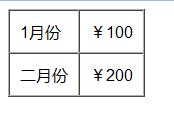
cellspacing, la distance entre les cellules
cellpadding , la distance entre le texte et la bordure de la cellule sont en pixels
border Ajouter une bordure au texte Définir la bordure sur border=0 et le tableau n'affichera pas la bordure
Les trois valeurs d'attribut ci-dessus??peuvent être définies par vous-même selon vos propres besoinsEn-tête du tableau HTML
L'en-tête du tableau est défini à l'aide de la balise <th> La plupart des navigateurs afficheront l'en-tête sous forme de texte gras et centré?:Exemple
<!DOCTYPE html> <html lang="en"> <head> <meta charset="UTF-8"> <title>php.cn</title> </head> <body> <table border="1" cellspacing="0" cellpadding="10"> <th>月份</th> <th>金額</th> <tr> <td>1月份</td> <td>¥100</td> </tr> <tr> <td>二月份</td> <td>¥200</td> </tr> </table> </body> </html>
Résultats en cours d'exécution du programme :
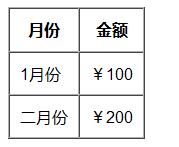
colspan et rowspan
En ajoutant les attributs colspan et rowspan à la balise <td> horizontalement et verticalement
instance
avant de fusionner<!DOCTYPE html> <html lang="en"> <head> <meta charset="UTF-8"> <title>php.cn</title> </head> <body> <table border="1" cellspacing="0" cellpadding="20"> <tr> <td>單元格</td> <td>單元格</td> <td>單元格</td> </tr> <tr> <td>單元格</td> <td>單元格</td> <td>單元格</td> </tr> <tr> <td>單元格</td> <td>單元格</td> <td>單元格</td> </tr> </table> </body> </html>résultat de l'exécution du programme?:
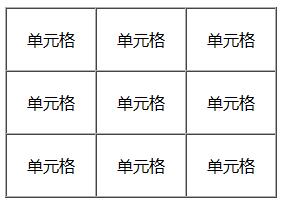
Après la fusion
<!DOCTYPE html> <html lang="en"> <head> <meta charset="UTF-8"> <title>php.cn</title> </head> <body> <table border="1" cellspacing="0" cellpadding="20"> <tr> <td colspan="2">單元格</td> <td>單元格</td> </tr> <tr> <td rowspan="2">單元格</td> <td>單元格</td> <td rowspan="2">單元格</td> </tr> <tr> <td>單元格</td> </tr> </table> </body> </html>
Regardez les résultats de l'exécution du code?:
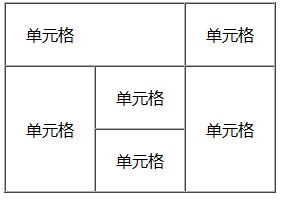
Recherchez le motif
Plus Instances multiples
Cet exemple montre un tableau sans bordures.
<!DOCTYPE html> <html lang="en"> <head> <meta charset="UTF-8"> <title>php.cn</title> </head> <body> <h4>這個(gè)表格沒有邊框:</h4> <table> <tr> <td>200</td> <td>300</td> </tr> <tr> <td>500</td> <td>600</td> </tr> </table> <h4>這個(gè)表格沒有邊框:</h4> <table border="0"> <tr> <td>200</td> <td>300</td> </tr> <tr> <td>500</td> <td>600</td> </tr> </table> </body> </html>
Résultats d'exécution du programme?:
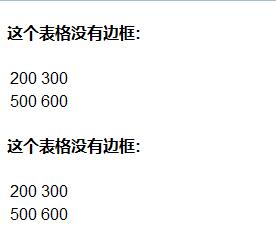
Exemple
Cet exemple Montre comment afficher des éléments dans différents éléments.
<!DOCTYPE html> <html> <head> <meta charset="utf-8"> <title>php中文網(wǎng)(php.cn)</title> </head> <body> <table border="1"> <tr> <td> <p>這是一個(gè)段落</p> <p>這是另一個(gè)段落</p> </td> <td>這個(gè)單元格包含一個(gè)表格: <table border="1"> <tr> <td>A</td> <td>B</td> </tr> <tr> <td>C</td> <td>D</td> </tr> </table> </td> </tr> <tr> <td>這個(gè)單元格包含一個(gè)列表 <ul> <li>apples</li> <li>bananas</li> <li>pineapples</li> </ul> </td> <td>HELLO</td> </tr> </table> </body> </html>
Résultat de l'exécution du code?:
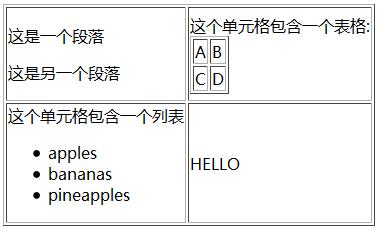
Balise de table HTML
| 標(biāo)簽 | 描述 |
| <table> | 定義表格 |
| <th> | 定義表格的表頭 |
| <tr> | 定義表格的行 |
| <td> | 定義表格單元 |
| <caption> | 定義表格標(biāo)題 |
| <colgroup> | 定義表格列的組 |
| <col> | 定義用于表格列的屬性 |
| <thead> | 定義表格的頁眉 |
| <tbody> | 定義表格的主體 |
| <tfoot> | 定義表格的頁腳 |


